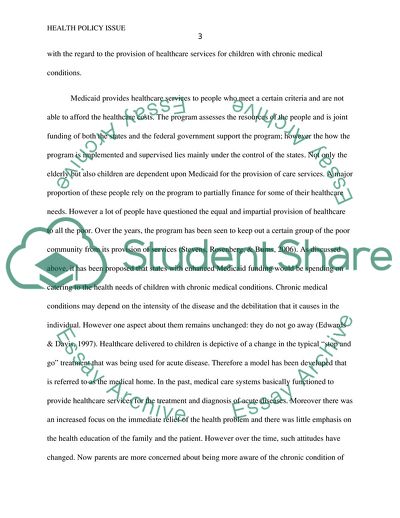Cite this document
(Not Found (#404) - StudentShare, n.d.)
Not Found (#404) - StudentShare. https://studentshare.org/medical-science/1741904-analysis-of-the-current-health-policy-issues
Not Found (#404) - StudentShare. https://studentshare.org/medical-science/1741904-analysis-of-the-current-health-policy-issues
(Not Found (#404) - StudentShare)
Not Found (#404) - StudentShare. https://studentshare.org/medical-science/1741904-analysis-of-the-current-health-policy-issues.
Not Found (#404) - StudentShare. https://studentshare.org/medical-science/1741904-analysis-of-the-current-health-policy-issues.
“Not Found (#404) - StudentShare”. https://studentshare.org/medical-science/1741904-analysis-of-the-current-health-policy-issues.


